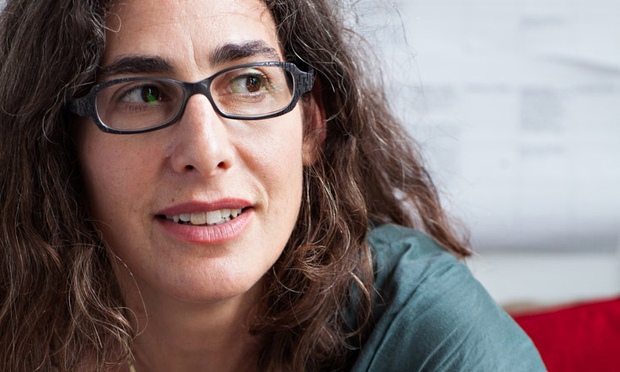I know, I know…I’m late to the Serial party.
I avoided it all fall, as I often do with stuff the “cool kids” are into, only to find myself in sweet surrender a few months later. I listened to all 12 episodes in a day. And I’m seriously contemplating doing it again because, like the original investigators on the case, I’m pretty sure I missed a few things.
But this post isn’t about Hae, Jay, or Adnan. I don’t presume to know what really happened on January 13, 1999 and I’m not here to solve the mystery.
I’m writing about the Serial phenomenon and what Serial’s success tells us about great content.
So many of my clients ask me about the merits of podcasting. To podcast or not to podcast, that is the question. To those clients, I now say, listen to Serial: not because I want my clients to become mini Sarah Koenigs, flooding the Internet with Serial knockoffs (though I bet we’ll hear from plenty of those in the coming months). I say this because Serial shows us what great content is all about. Surprise, surprise — it’s not clickbait headlines or sentimental gimmicks.
1. Great content is about telling a story.
Sarah Koenig and her team could have easily smushed the Syed case into one episode of This American Life. And it would have been a good show. But some stories — great stories — beg for more time. (Can you imagine The Odyssey told in 45 minutes? Cliff’s Notes tried but it just doesn’t have the same effect.)
Part of what made Serial so compelling was that it took us on a journey. Sarah didn’t just rattle off the facts of the case and draw up a few bullet point conclusions in Act III. She dug, she probed, she became part of the narrative — a new character in the story we could identify with as we listened. She was our ally and agent, asking the questions we wanted to ask and when Sarah felt something, we did, too. (Or at least, I did. Like in Episode 6, when Sarah tells Adnan she thinks he’s a “nice guy” and his reaction surprises and stuns her.)
Whether it’s a podcast, a video, a blog post, an infographic, you name it: great content does more than give us the facts. It draws us in deeper. It takes us somewhere new and then lets us find our way back. It also does something else:
2. Great content connects us with our humanity.

Okay, so that’s a tall order. When looked at through a digital marketing lens, content that “connects us with our humanity” seems ambitious, to say the least. But if we use Serial and Sarah Koenig as an example — great, human content can be as simple as taking the journey with our listener/reader/viewer. I wrote before that Sarah was a part of the Serial narrative, learning and doubting and questioning and feeling with us. She didn’t feign impartiality: she let us know when she felt confused, skeptical, bewildered. She also let us know when she didn’t know, which leads me to the third lesson Serial teaches us about great content:
3. Great content doesn’t answer all our questions.
Spoiler alert: there is no Serial spoiler. Midway through Episode 1, I messaged a friend to tell her I was finally on the Serial train and share my uneducated guess about what the ending might be: “They wouldn’t do this podcast if they didn’t know he was innocent, right?” This line of thinking was trained into me from years of Law & Order, where you get a crime, an investigation, and closure all in less than an hour. “Not necessarily,” she responded. “It’s not about the answer. It’s about the story.”
I almost stopped listening right then and there. “Ugh!!! You mean I’m going to listen to 12 episodes of this and not know who did it?!” But it was already too late. Koenig had captivated me. And, now that I’ve gone the distance, I don’t regret a single minute spent listening, even if the “answer” still remains unclear.
Great content doesn’t need to answer every question. Great content nudges listeners/readers/viewers to come up with questions of their own. Serial did just that. As the episodes go on, you’ll notice how more and more people come forward to offer their own questions (and possible answers) to Sarah’s investigation. This led to a connection with Deirdre Enright and the Innocence Project Clinic, it led to Jay’s interview with The Intercept, and it led to countless other blogs, articles, videos, and podcasts all posing new questions and potential answers. Ultimately, the rabbit hole that Serial created shows us that:
4. Great content inspires more great content.
I don’t think I’d call this post “great content” but I know that Serial got me thinking about great content and, for that, I am grateful. My hat is off to Sarah Koenig and her team for bringing this style of storytelling to new audiences and potentially opening a door that leads to the truth. (Or simply opening a door confirming that what we already know is the truth.)
If you haven’t yet joined the Serial party, head over to SerialPodcast.org now.